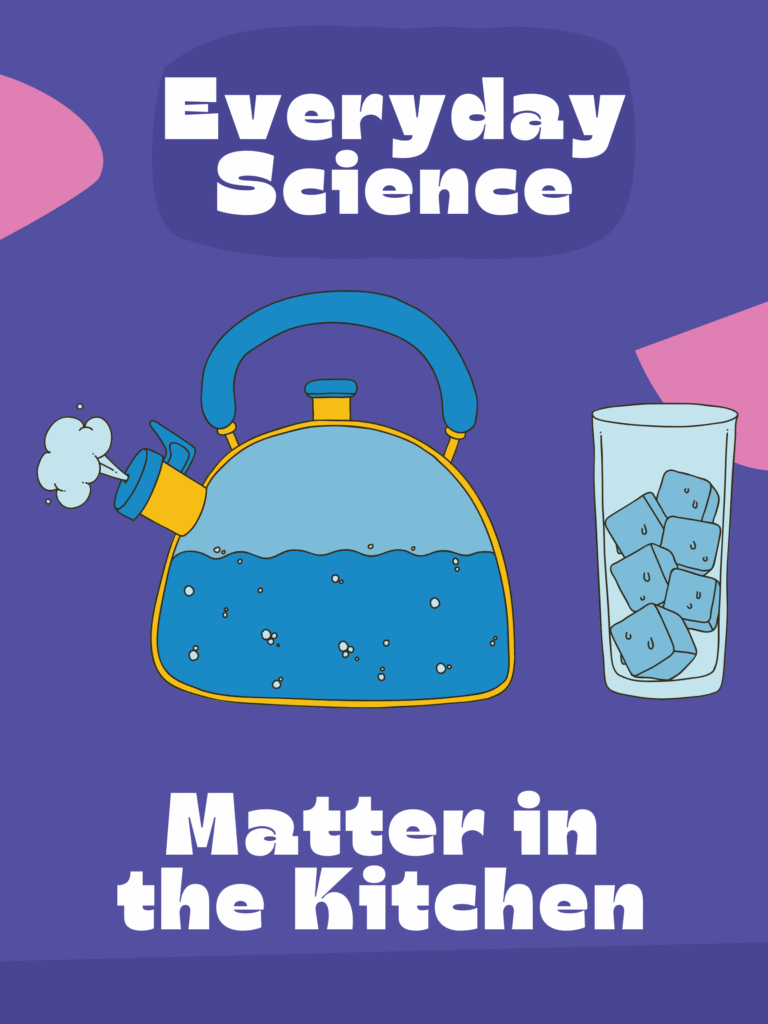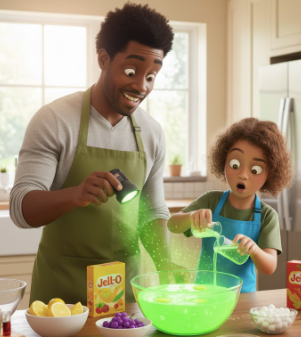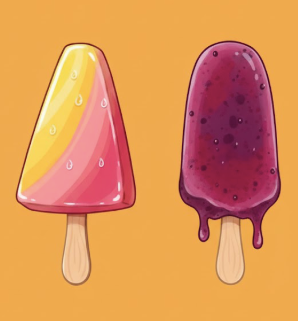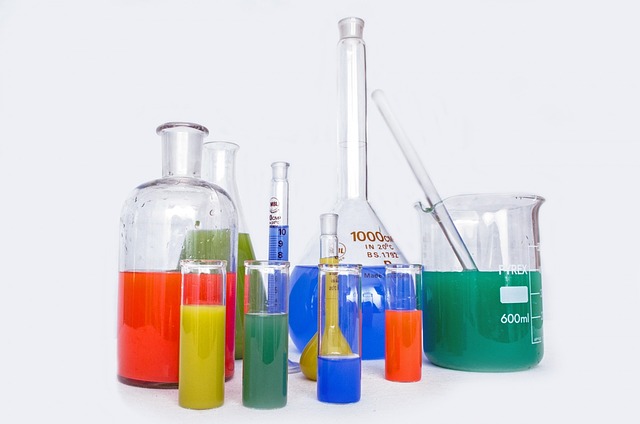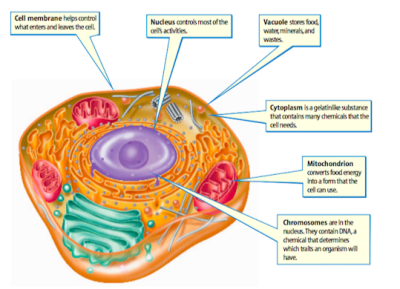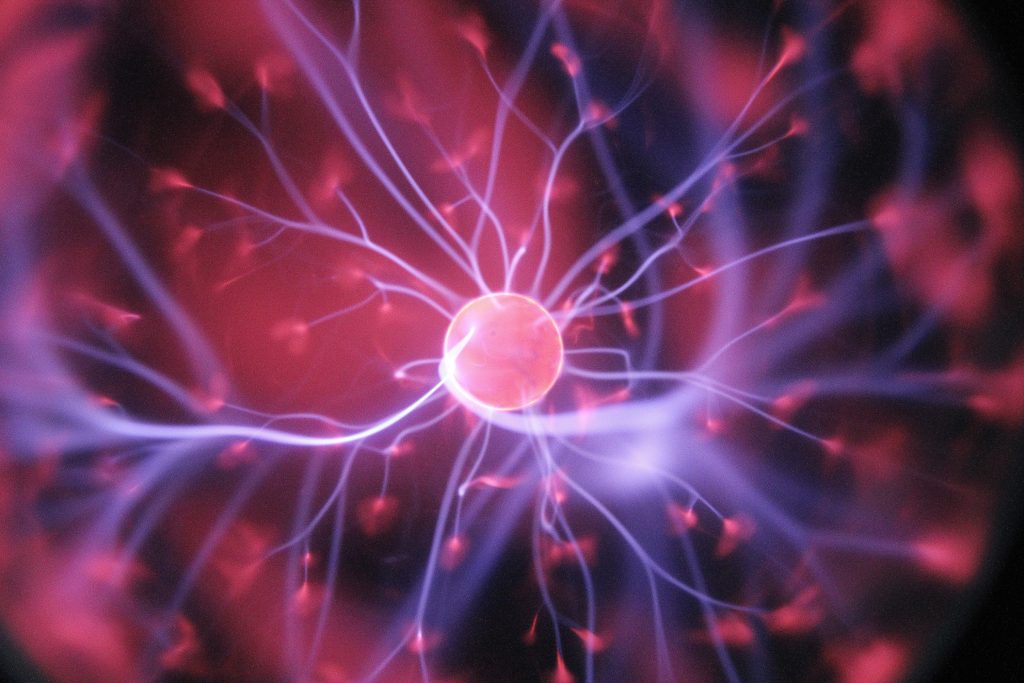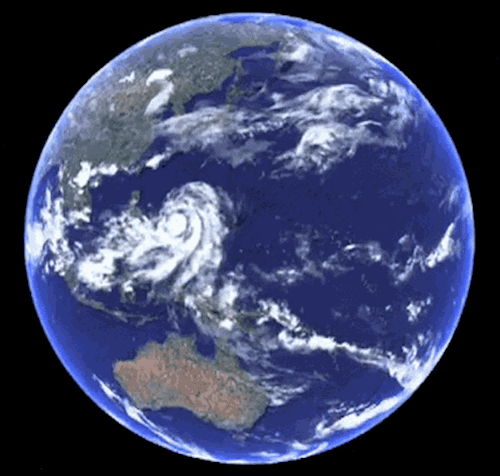Whether you’re following a curriculum or pulling together materials from different sources, you know there are common science concepts that always come up, like states of matter, the rock cycle, and chemical reactions, for example. One of the best ways to make these familiar topics more accessible and engaging is to connect them to the world your kids see and touch every day.
From the ingredients in our kitchens to the minerals inside our smartphones, everyday objects can become starting points, or natural extensions, for understanding complex scientific ideas. Using a mix of free resources like videos, simple hands-on activities, and printables, along with engaging books and kits, you can mix and match to build short, flexible mini-units that stand on their own or supplement your current curriculum.
This post kicks off our Everyday Science series, where we’ll present some ideas for doing real-world science at home, starting with:
Matter in the Kitchen

Explore the properties and states of matter with a focus on how these scientific principles apply to food and cooking. You can do sensory investigations to observe and measure physical properties. Everyday kitchen activities — like mixing, heating, and baking — provide clear, hands-on examples of how matter changes. Check out these free resources using food as examples, and get some ideas for hands-on exploration in your homeschool.
Sweet Shop Series: This 5-part tutorial series presents familiar desserts and treats as examples to teach fundamental properties of matter through hands-on observation and measurement. The tutorials demonstrate how to use the five senses to examine physical properties like shape, color, size, and texture through items like ice cream cones, cakes, and candy. Kids then progress to measuring properties like the length of brownies and pastries, volume of milk, mass of chocolate bars, temperature of hot cocoa. Along the way, kids are introduced to scientific concepts like molecular movement, phase changes, density, and energy transfer.
Your Ice Cream is Moving: This online tutorial uses ice cream as its primary example to teach states of matter and phase changes. It shows how frozen ice cream (tightly packed, vibrating molecules) transforms into a “drippy mess” (molecules sliding past each other) when absorbing heat energy. The lesson reinforces concepts through additional food examples like comparing solid refrigerated butter to melted butter, and hot tea versus iced tea to demonstrate molecular motion and kinetic energy.
Physical & Chemical Changes: Short booklet using food as examples.
Hands-On Activities:
- Water Cycle Board Game
- Properties of Matter: Candy Lab
- Properties of Matter: Cracker Lab
- States of Matter: Ice Cream Float
- Kitchen Science Guide: Instructions for 16 separate “experiences” for exploring solids, liquids, and gases (including bubbles and play dough).
Halloween Science Activities:
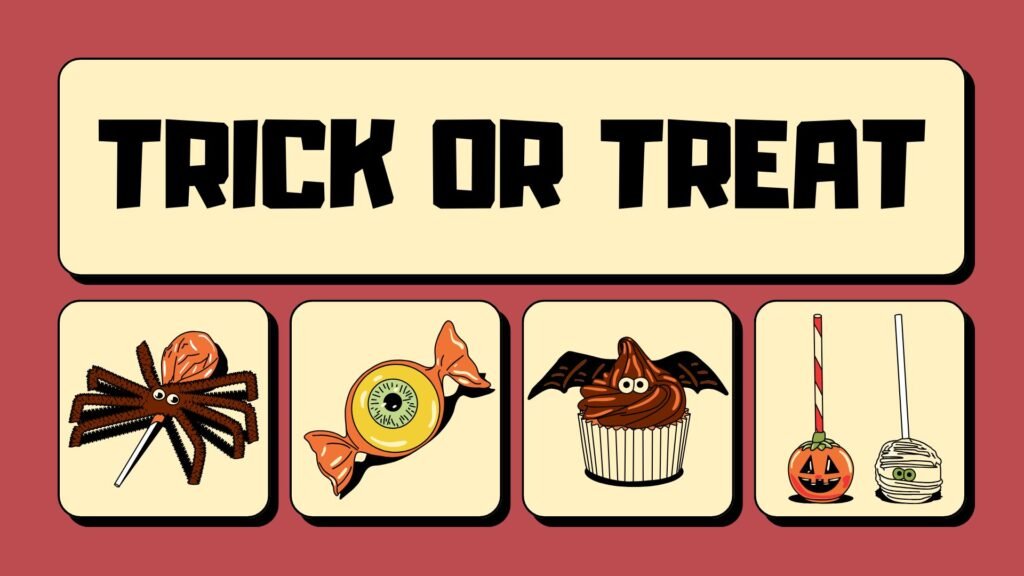
- Make Glow in the Dark Jell-O
- Do a Dissolving Candy Corn Experiment.
- Make Gummy Worms Dance.
- Put tasty treats to scientific use with these Candy Bar Density Labs, or Build a Halloween Gingerbread House.
Note: Try prompting Perplexity AI or other AI to provide a clear analysis of the experiment’s specific steps, highlighting how it illustrates the different states of matter, their properties, and any phase changes or reactions occurring during the process.
For general free resources to teach about matter, check out these videos from Khan Academy, Crash Course Kids, and BrainPOP. There are also interactive simulations from Phet and Interactive Sites for Education.
Free Readers and Activity Books:
- Matter: Physical Science for Kids
- Structure of Matter
- Matter Unit
- Matter Reading Passages
- Properties of Matter Worksheets
Exploring matter through food is just one way to connect scientific ideas to everyday experiences your kids already understand. In the next mini-unit, we’ll dig a little deeper with some free resources to explore the rocks and minerals that shape our world and make their way into the tools and technology we use every day.
Additional Books
(As an Amazon Associate I earn from qualifying purchases.)

